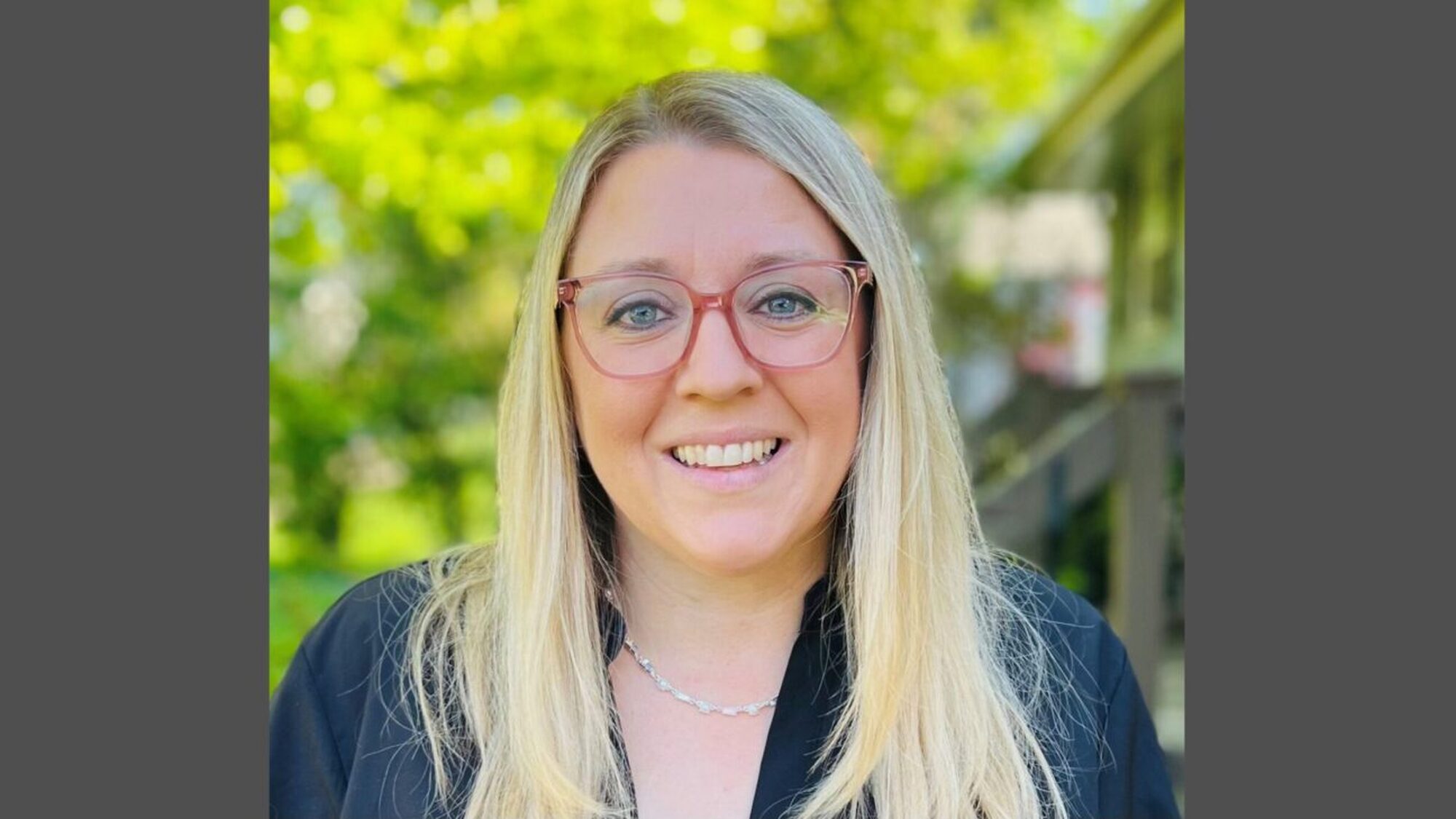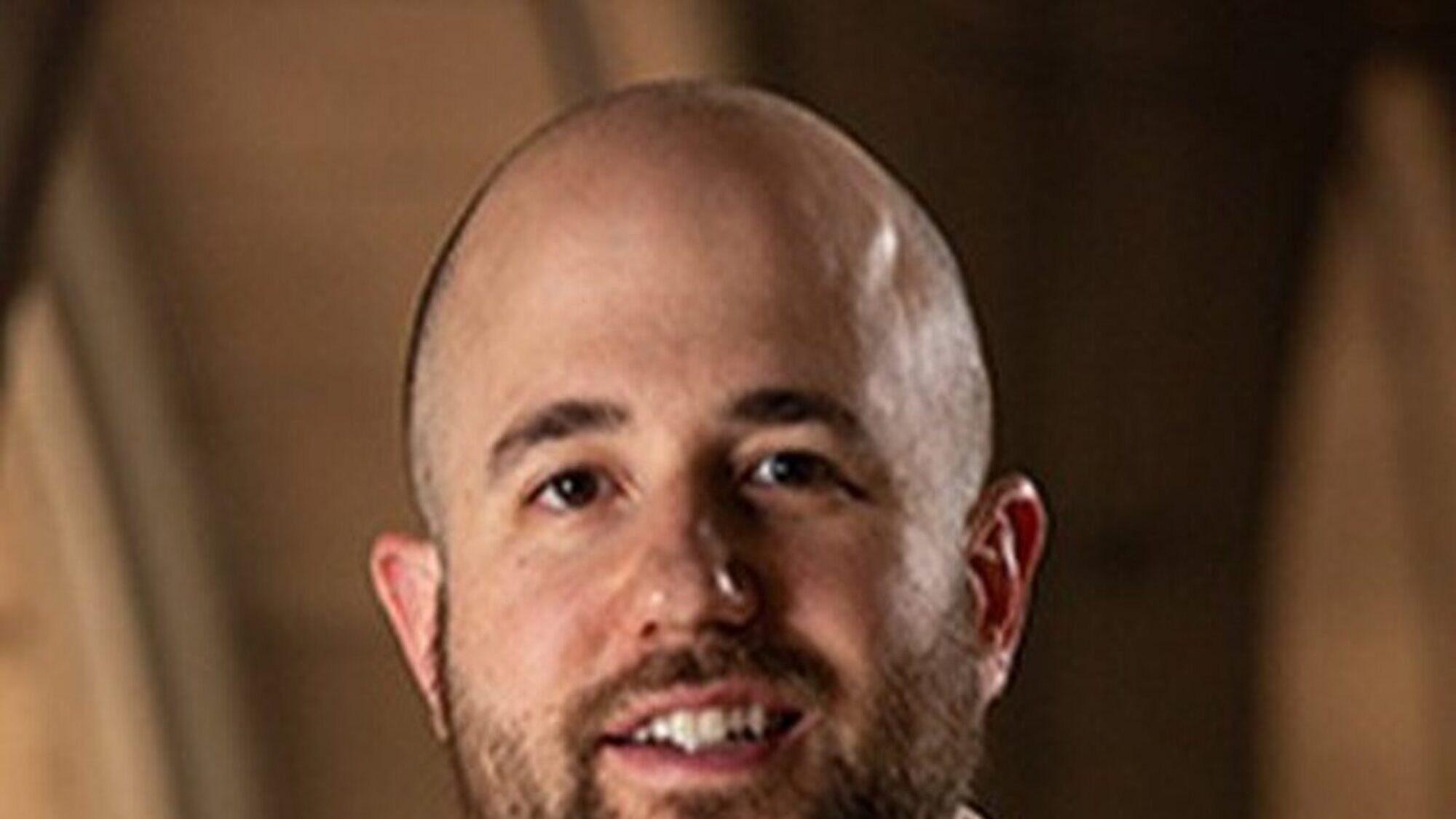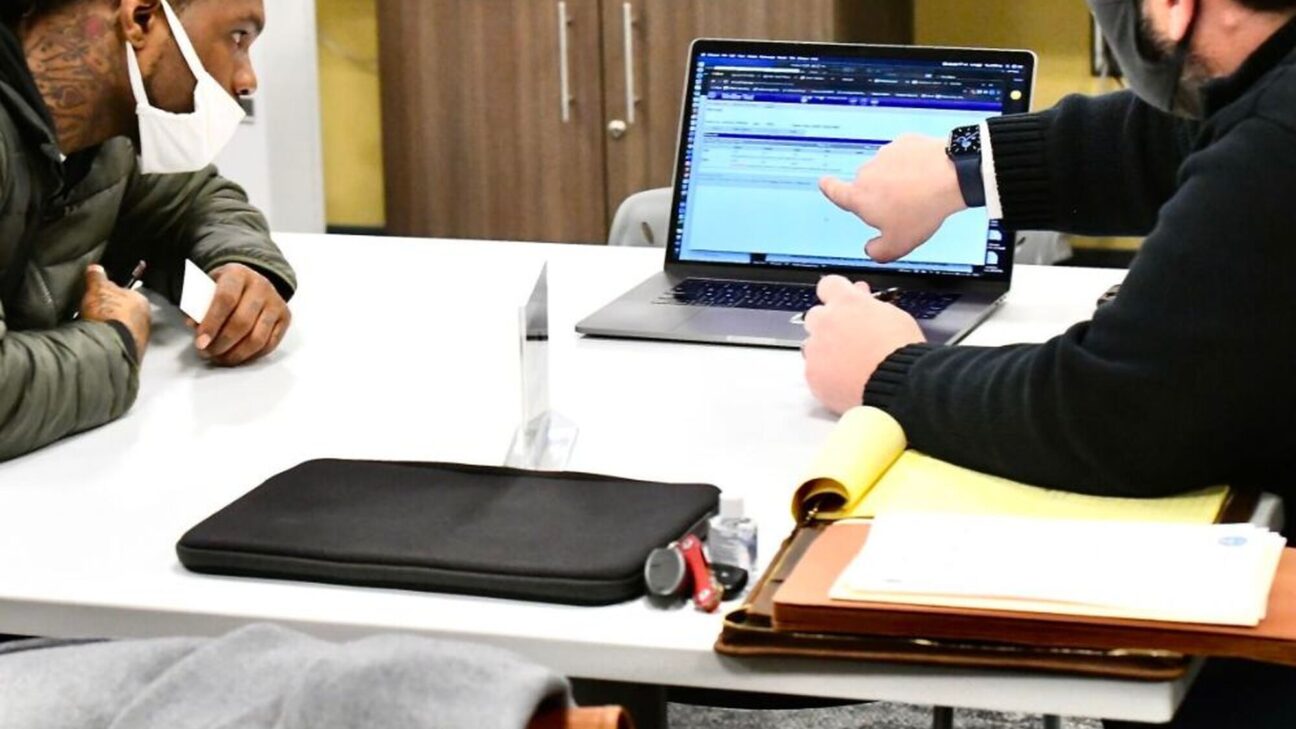Jail review teams are an innovative strategy for jurisdictions looking to improve pretrial justice. The teams use a collaborative approach to look regularly at their jail population, review individual cases, and ensure that people who are eligible and suitable for release return to the community. APPR spoke with James Owens, from Mecklenburg County, North Carolina, about his jurisdiction’s approach to reviewing their jail population.
James is the Pretrial Services program manager for Mecklenburg County. Retired Milwaukee County Chief Circuit Court Judge Jeffrey Kremers spoke with James about Mecklenburg County’s jail review process.
Judge Kremers: What is your role in monitoring the jail population?
James Owens: I look at our jail population numbers daily to see who is in custody, the reason they’re in custody, and what we can do to assist them in getting out of custody.
Judge Kremers: What is the process for the initial release determination in Mecklenburg County?
Owens: After people go through our sheriff’s arrest process, they see a magistrate, who makes a decision about an unsecured[a] or secured[b] bond or refers them to pretrial services. Those who remain in jail after the magistrate’s decision will appear before a judge at first appearance court, usually within 24 to 48 hours of being detained. With only a few exceptions, our pretrial team completes a Public Safety Assessment (PSA) for every person who remains in jail. The team uses the county’s Release Conditions Matrix and gives the judge our recommendation about release: whether it should be secured or unsecured or if the person should be on pretrial supervision—and if so, what level of pretrial services they should have.
Judge Kremers: Is there a review process for people who are still in custody after the first appearance hearing?
Owens: I go into the jail dashboard every morning and look at who is still in custody after first appearance hearings the previous day. I pull that spreadsheet and look at what is holding each person in custody. I look at the PSA results and the charges to see if there are any mandatory holds and so on. I manually put that information in, for example, if they have a probation violation.
The jail review team—which is made up of the first assistant from the public defender’s office, one of the lead assistants from the DA’s office, and me—follow standards for the review release. They include people with low-level offenses not released at first appearance, people recommended for pretrial release who remain in custody, and people with nonviolent misdemeanors or felony offenses that can be resolved with a bond modification or expedited case resolution. There are also cases that “fall through the cracks” or trends that warrant review. These include cases with paperwork issues or addressing active warrants out of the jurisdiction or out of state. The jail review team will not review cases of domestic violence, drug trafficking, or gun-related charges outside of the court.
Once I determine that someone could be released and is suitable for pretrial services, I contact their attorney to tell them that their client was not referred to pretrial and is still in custody. Next, the person’s attorney might contact the district attorney (DA) to say, “John Doe is in custody. Pretrial says they can take him. Is that something you will agree to?” If so, their attorney completes a bond modification, and the DA and judge sign off, saying that they’re referring the person to pretrial or that they agree to an unsecured bond.
I contact 40 to 50 attorneys every week. I follow up and update my spreadsheet, and every week I review the cases. If people have been released, I enter the dates. If they haven’t been released, I try to figure out what’s going on.

Judge Kremers: How long have you had this jail review process?
Owens: I was the first jail population coordinator and started about three years ago. We started from scratch and worked out the process with the PD office and the DA’s office. We started this because we wanted to make sure our jail population was decreasing and that we were doing that in a safe manner—and to make sure we were releasing the right people and that the right people would remain in custody.
Pre-pandemic, the jail review team met once a week. If the DA hadn’t reached an agreement for the release of someone in custody, I would give that information, a copy of the PSA, and a copy of the charges to the DA and PD. Then the three of us would decide what we’d recommend to the judge.
But since COVID-19, as the jail population coordinator, I contact the defense attorney, who communicates directly with the assistant DA. If they come to an agreement, the assistant DA completes the paperwork to submit to the courts.
We started this… to make sure we were releasing the right people and that the right people would remain in custody.
James Owens, Pretrial Services Program Manager, Mecklenburg County, North Carolina
Judge Kremers: Are there some defining characteristics you see in people who just aren’t able to get out—or those who can get out?
Owens: The people who were getting out were those who could afford the bond. Many of the people who weren’t able to get out were experiencing homelessness, though that has improved. At first, there was some reluctance to release people if they didn’t have a physical address, but we decided that it doesn’t matter as long as they’re making their court appearances and staying out of trouble. We’ve learned that we can help people who are unhoused by putting the right supports in place. Even if they are released to pretrial, now we can sometimes get them same-day releases. We’re able to contact them, often through our homeless outreach program, which has police officers in different districts who communicate with us.
Judge Kremers: How do you measure success for this jail review program?
Owens: I measure success by seeing the jail population go down in a safe manner…putting things in place so the people released can resolve their cases and not cycle back through the justice system. And I measure success by seeing them appear in court, although with the pandemic, that’s one of the hardest things now because we’re not having any court.
I also look at success as the amount of jail bed days saved. During the last quarter, 1,732 cases were reviewed and 300 releases were facilitated, which saved 11,942 jail bed days. It costs the county $152 per day to house a person, so we’re using public resources wisely.
Judge Kremers: What is your plan to sustain the jail review team?
Owens: I’m hiring another person who will be the jail population coordinator now that I have moved on to a different role. That position is funded through a grant from the John D. and Catherine T. MacArthur Foundation’s Safety and Justice Challenge (SJC), but with the success we’re having, we can make a great argument to our county officials that the position is needed—and our partners can also show that. I think public defenders love it because we’re letting them know that their client is in custody and we’re trying to get them out. And if you can get a PD and DA on the same page, we’re not only helping that person but also the community.
Judge Kremers: Do you anticipate any further modifications of this process?
Owens: We are reformatting the jail review process to involve more people, possibly including behavioral health providers. We have a licensed therapist with pretrial now, through the SJC grant. At times we can get people with mental health concerns out of custody and refer them to the services they need.
Judge Kremers: Do you believe your jail review process adequately addresses implicit or explicit racial bias?
Owens: Yes. The spreadsheet has a column with the racial background. I delete that column as soon as I get it. I don’t want to see it. I look at as little demographic information as possible; we’re trying to be as unbiased as we can. I’m solely looking at the PSA scores and what’s on that PSA, and not anything else.
What I like about our dashboard is that it puts the clients in the Release Conditions Matrix “buckets.” So if the PSA scaled scores are 1 and 1, I can click on “1/1” and it will show all of the people in custody who have that score. Or if it’s a 3/6, it does the same. I can see what people are in jail for and their PSA scores.
In addition, Mecklenburg County has hired two equity and inclusion consultants to look at racial disparities at all levels of the justice system and provide ongoing implicit bias[c] training to our partners. They also provide demographic data to assist with lowering our jail population.
Judge Kremers: Do you have any advice for other jurisdictions that are thinking about setting up a review process?
Owens: Every stakeholder should come to it with an open mind. Come into it to help the person who is in custody. If someone continues to be in custody and there are underlying issues, let’s try to help resolve them. And if you can touch those underlying issues, one by one you can lower the jail population.
Judge Jeffrey Kremers is a member of the Advancing Pretrial Policy and Research’s Pretrial Practitioner Network.





